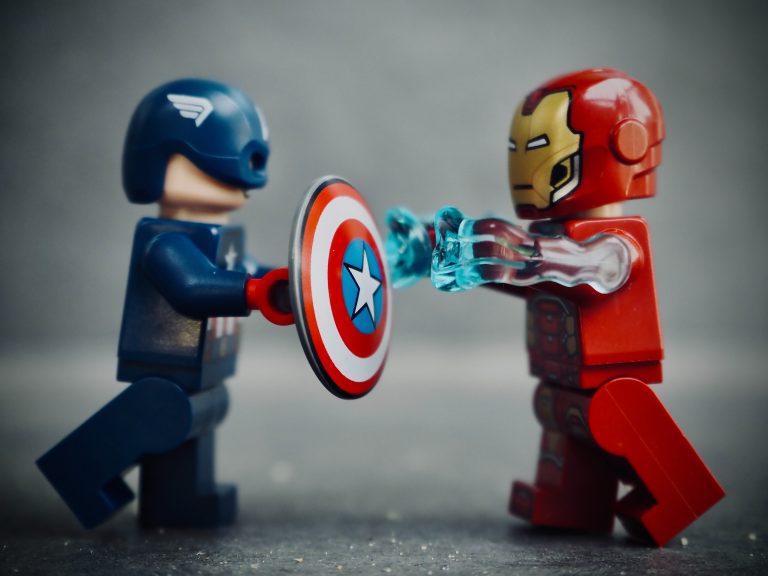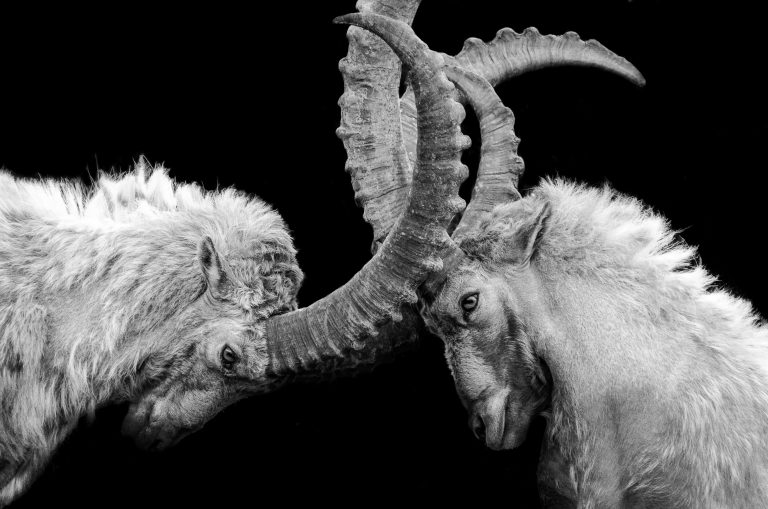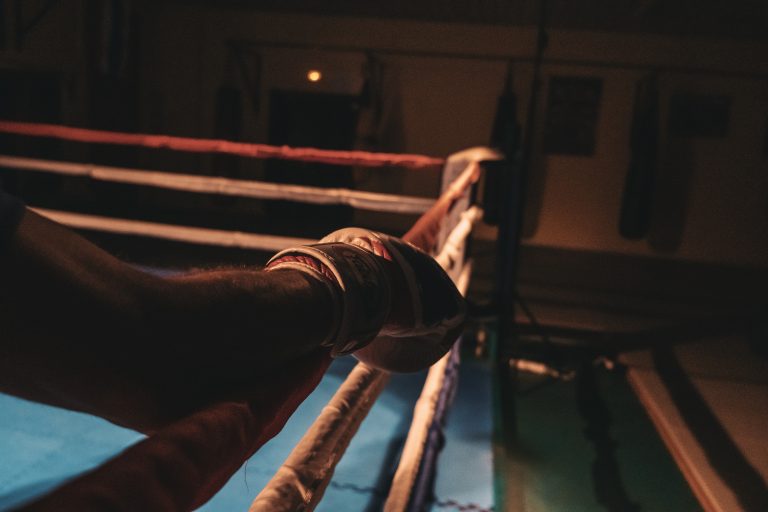Karate: Everything You Need to Know About the Martial Art
Karate is a martial art that combines elements of several ancient fighting styles, including martial arts, traditional Okinawan weapons, and grappling. It is characterized by a focus on striking with hand and foot techniques; blocking; and countering. Karate has become one of the most popular martial arts in the world and is practiced and taught in many countries. In this article, we will explore the history of karate and kumite (fighting techniques), karate’s techniques and terminology, different styles and variations of the sport, and finally, the equipment that is needed for karate.
History of Karate
Karate is an ancient martial art that originated in Okinawa, Japan. Karate’s roots can be traced back to the 13th century, when Okinawa was ruled by the Ryukyu Kingdom. During this period, Okinawa developed its own unique martial arts systems called te (hand) and todi (foot). Over time, these two styles blended together to form what became known as “empty-hand combat” or “karate”.
Karate as we know it today began to take shape in the 18th century, when several well-known Okinawan karate masters began to teach the art of karate publicly. One of these teachers was master Matsumura Sokon, who developed the Shōrin-ryū style of karate. As the popularity of karate grew across the country, five distinct styles emerged: Shōrin-ryū, Goju-ryū, Wado-ryū, Shito-ryu, and Shudokan.
In 1922, Gichin Funakoshi founded the first registered karate school in Japan and this is considered the start of “modern” karate today. He also established a “dojo” or training hall for karate classes. The rules for “sport karate” were also developed in 1958, when the All Japan Karatedo Federation (AJKF) was created. Since then, karate has become more widely accepted and established as a popular martial art all over the world.
Kumite (Fighting Techniques)
Kumite (Japanese 組手) is a form of sparring or fighting in karate in which two opponents perform kata or steps with each other. Kumite is considered one of the most important aspects of karate training and allows for a safe and controlled environment for students to practice their technique in a controlled environment. Although kumite does not involve striking or kicking each other for real, it still involves intense physical contact and can be quite demanding.
Kumite sparring has specific rules and regulations which depend on the type of tournament being held or what style of karate is being practiced. In general, two competitors try to score points against each other by performing techniques such as blocks, strikes, kicks, punching, elbowing and kneeing while keeping control of their opponent with an armlock or throw. Safety gear such as a mouth guard and protective gloves are usually worn during this type of fighting.
Karate Techniques and Terminology
Karate has a wide range of techniques and terminology which are used to describe various aspects of the martial art. These techniques include kicks, punches, blocks, sweeps and throws as well as various “kata” (forms) which are pre-arranged sequences of techniques.
The sport itself can be divided into two main disciplines – kata and kumite. Kata is a set sequence of movements which involve pairing up with an imaginary opponent. These movements involve a combination of kicks, punches, blocks and evasive movements are performed within a predetermined pattern. Kumite is the practice of sparring or fighting with an opponent under pre-defined rules. This can involve a variety of attacking and defending moves such as strikes, throws and joint locks.
Styles and Variations
Due to its centuries-old history, there are many different styles, sub-styles and variations of karate out there. Each style usually has its own distinct philosophy, techniques, strength development practices and competition rules. Different schools may employ different approaches to teaching the martial art as well as have different rankings or belts depending on their specific school.
The most popular styles of karate will likely have at least one group class available with instructors available to help you learn proper technique. Here are some popular styles and variations:
- Goju-Ryu
- Shoto-Kan
- Wado-Ryu
- Full Contact Karate
Goju-Ryu is one of the oldest and most well known styles of karate which focuses on both hard (go) and soft (ju) techniques and emphasizes internal power development. It is characterized by using breath control and “mono-no aware” or sensitivity to pressure changes which allow practitioners to control the intensity of their kata or sparring through precise timing and positioning.
Shoto-Kan is another popular style which was established by Gichin Funakoshi in 1922 as an offshoot of his Shotokan school. It is characterized by its linear foot movements as well as an emphasis on balance and body unity when performing techniques.
Wado-Ryu is another style created by Hironori Ohtsuka which emphasizes circularity when performing techniques like kicks and strikes resulting in powerful yet energy efficient movements. It is also known for its use of twists and off-angles when performing defensive movements like blocks or parries.
Full contact karate is a variation in which sparring or fighting with an opponent involves full contact with punches, kicks, elbows and knees allowed under rules dictated by organizations like the WKF (World Karate Federation). You must make sure your opponent wears protective gear like headgear, chestguards and shin guards for safety reasons.
Equipment Needed for Karate
Karate requires relatively few pieces of equipment but having the right gear is important for safety reasons as well as gaining an advantage over your opponent in sparring or tournaments. Here is a list of some essential items you will need:
- Uniform
- Protective Gear
- Belt
A standard uniform or “gi” consists of a jacket and pants in either white or blue colors depending on the rank which should be snug but not too tight so that you can move freely when performing techniques like throws and sweeps.
Depending on what type of tournament or sparring you are doing you may need certain protective gear like headgear, mouth guards or even shin pads when doing full contact sparring matches against opponents who can punch or kick you in the chest or head area.
Belts are used to differentiate ranks and signify progress over time during classes as they progress through different skill sets along their respective rank’s path. A white belt usually denotes being in beginner classes whereas a black belt usually denotes that you are an expert at the sport after many years at it.
Conclusion
Karate is an incredible martial art practiced around the world by millions of people each day. Because of its rich history and variety of styles available it makes it perfect for beginners looking to get involved while also offering enough depth so that people who practice it can sharpen their skills every day or even participate in tournaments around the world! Whether you’re looking for a hobby or something more serious like entering competitions for belts or medals – there’s something for everyone who practices this incredible martial art!
Inhaltsverzeichnis





